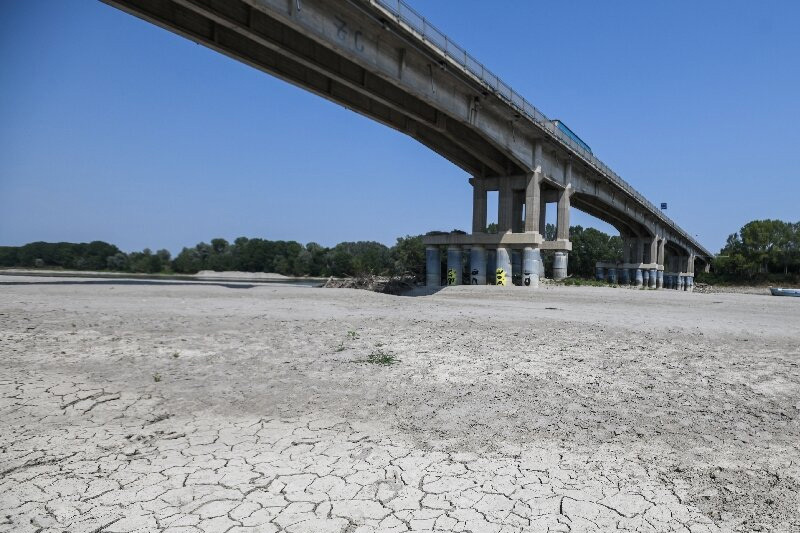
All You Need To Know About ‘Whiplash Effect’ And ‘Climate Hazard Flip’
Researchers examined droughts and flooding over the past 41 years across six countries: Mozambique, Ghana, Burkina Faso, Uganda, Ethiopia and Pakistan. Italy was included as a European comparison. Analysis of satellite imagery and data brought them interesting insights.
They found global heating was creating a “whiplash effect”, creating erratic extremes. Under extreme climate pressures, areas that used to experience frequent droughts are now more vulnerable to flooding, while other regions historically prone to flooding now face more droughts.
UN’s Climate Change Conference (COP28)
Ethiopia’s southern Shabelle region encountered several periods of flooding between 1980 and 2000. It is now exhibiting a shift towards severe drought. The dryness is mirrored in northern Italy, with the number of intense dry spells faced by both areas more than doubled since 2000.
But as part of what researchers describe as a “climate hazard flip”, the droughts in both regions are punctuated by extreme precipitation causing devastating flooding, which was experienced in Italy’s Lombardy region this summer. There’s more.
The research was published on Tuesday on the eve of the UN’s Climate Change Conference (COP28) where funds to help communities around the world better adapt and become more resilient to extreme climate events will be on the agenda once more.
Keep Reading
Climate Adaptation Must Take The Front Seat
The flip of climate extremes is being experienced by millions of poor people, who are often ill-equipped to deal with the disasters. World leaders at COP28 are asked to rapidly scale-up investment in water security, besides prioritising decent sanitation and hygiene.
Millions remain confused as the months that used to be rainy are now dry and vice-versa. As the climate becomes increasingly unpredictable with concerning consequences, it’s important than ever to ensure COP28 doesn’t let climate adaptation take the back seat.




